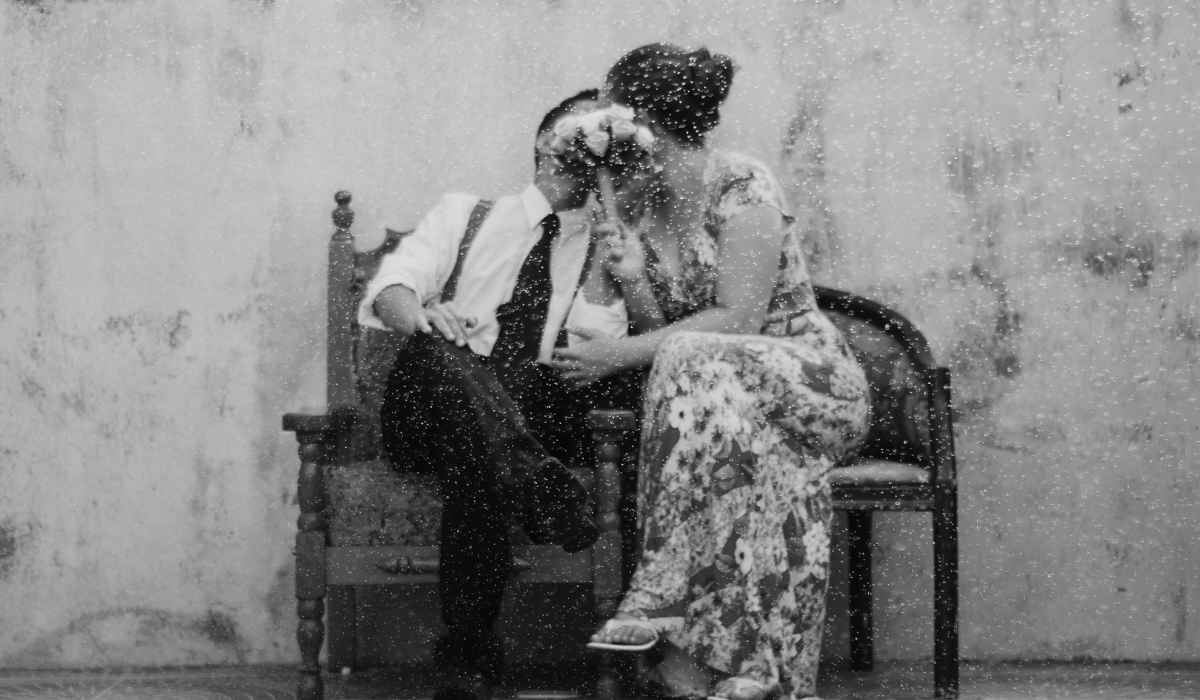This is the eighth part of our 'Ultimate Guide to Writing a Memoir.'
To access the rest of the guide, click here.
You shouldn’t judge a book by its cover. You shouldn't. But you do.
As well as catching your reader's eye, your book cover should reveal something about your story. The tone of your cover should match the tone of your book.
So how do you make your book cover stand out?
Keep it simple.
Find one component within your story to focus on visually for your book cover. Don’t try and illustrate the whole story in a single picture.
Equally, simple book covers translate better into thumbnails. This design on Bad Teeth, written by Dustin Long, translates especially well into a thumbnail because the books in the image, combined with the

Be relatable.
Using familiar imagery is one way to connect with your readers whilst hinting towards the storyline. It isn’t compulsory, but it’s a great way to catch your reader’s eye.

Take a look at this minimalistic cover for Against Happiness, written by Eric G. Wilson. The designer, Jennifer Carrow, plays on the traditional yellow acid smiley face to create the suggestion of a frowning face.
Use typography.
Your book cover doesn’t have to use detailed imagery to attract potential readers. Clever use of typography can be just as engaging and eye-catching, if not more so.

This designer’s take on the famous story of Jaws uses typography - the tip of the A in the title - to illustrate the shark’s fin. Simple, effective and eye-catching.
Use photography.
One way to avoid amateur graphic design is by using photography. You’ll still have to carefully consider your composition as well as the typography that goes with your image, but it may allow for a little more creativity if you aren’t confident

This beautiful cover designed by Jason Ramirez uses photography to create a compelling cover that captures traditional still life to depict the early years of author Gabriel Marquez’s life, written by Ilan Stavans.
Choose a professional design.
If you’ve acquired the assistance of a graphic designer to create your book cover, lucky you! You can leave it to them. However, if you’re designing your cover yourself, you need to make sure the finished product still looks professional - and not amateur. Have a look at what’s out there, and try to feed what inspires you into your design. If you aren’t a graphic designer, it’s best to keep your cover as simple as possible.
Design for your genre.
What is the theme of your life? Is your story a suspense-filled thriller? Or is it brimming with romance? Whatever your genre, your book cover needs to fit its mood and style.
Romantic stories: if you’ve lived a life of romance, the traditional cover will show two people (the lovers in the story) connecting in some way. There are numerous different ways of showing this, so get creative, keeping in mind that romantic imagery tends to use softer

Mystery: for your mysterious story, play on perspective, don’t give everything away and focus on the title, with angular serif typefaces. Making what the potential reader is looking at somewhat unclear will add to the sense of mystery. These stark and edgy designs are commonly in high-contrast

Miscellaneous: none of the above quite fitting the bill? It’s difficult to pigeonhole the rest into specific themes because they are all so vastly different. Books, obviously, can vary extensively - as can book covers. These book covers don’t have anything in common, but they are all eye-catching, engaging and make the potential reader want to know more.
Write an engaging blurb.
Your captivating design has engaged the potential reader and done its job of getting your book into their hands. Now, all you need is a blurb that really hooks the reader, so they can’t just put it down! Like the cover, your blurb needs to reflect the tone of your book. If the blurb is funny, the reader will expect the book to be funny. Introduce the protagonist, the plot and then entice the reader with an emotional hook that alludes to the characters’ journeys and what they stand to gain or lose.
Give a sense of the story and tone in a clear and concise few paragraphs that are easy to read, and there’s no reason why the potential reader will put your book down until they’ve turned the last page!




